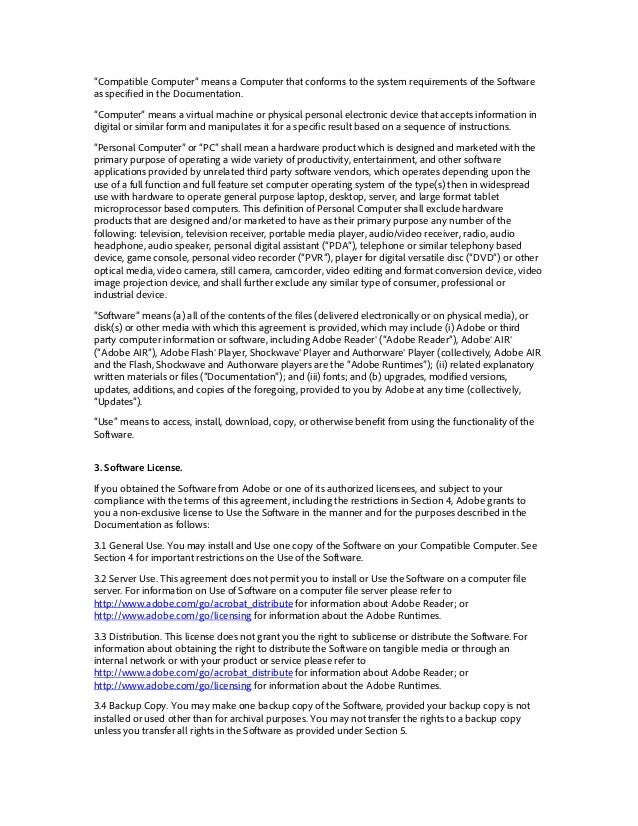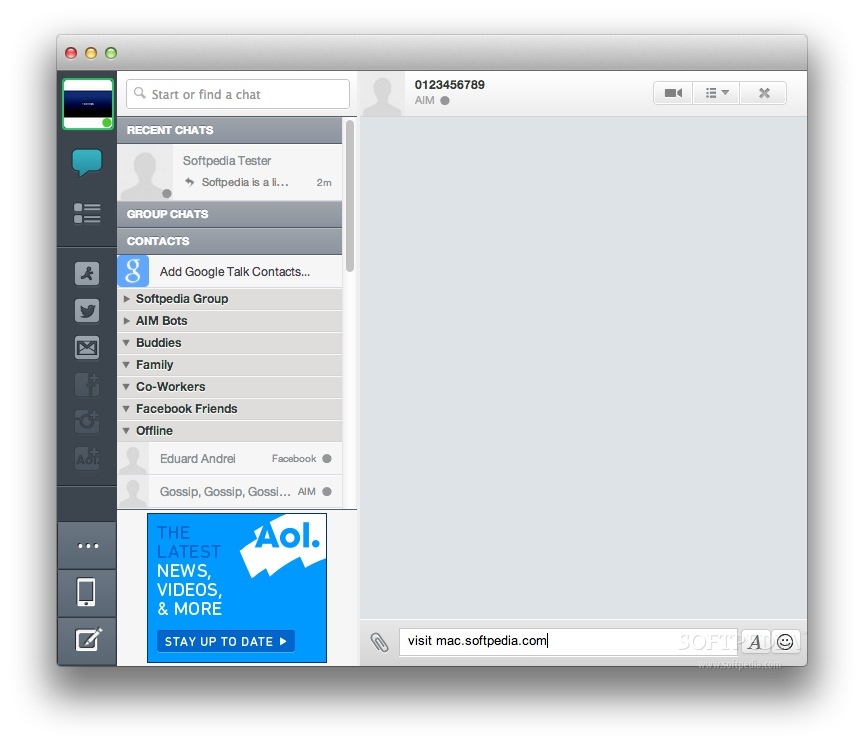

Type the following locations below and click go. To manually delete any recently-added suspicious files. Look for any recently-added suspicious add-ons you want to remove and click the remove button A new tab for Firefox’s add-ons will appear. Click the Menu bar on the top right corner and then select Add-Ons.ģ. Look for any recently-added suspicious extensions you want to remove and click the remove button.Ģ. A new Tab for Chrome’s Extension will open.

Click the Extensions icon, and then uninstall any recently-added suspicious extensions you want to remove.Ģ. Remove malicious extensions on your browser.Ģ. Look for any recently-added suspicious applications and drag them to the Trash.ĥ.

Open your applications folder : Click Go> Applicationsī. Remove potentially unwanted applications from your "Applications" folder:Ī. Click Force Quit on the confirmation message to stop the process.Ĥ. A new window will appear, then click Quit. Look for suspicious processes you are not familiar with.Ĭ. Go to Utilities and open Activity Monitorī. Stop potentially unwanted process running on your MacĪ.

Check if there is a profile named AdminPrefs or other profile you know that you did not set up on your Mac and delete it.ģ. If there is none you may skip this step.Ĭ. Note: Profiles won't be visible until you have at least one profile installed. Some malware will install a malicious configuration profile that forced the home page of your browser. Restart your Mac for the changes to take place. Choose any recently-added suspicious applications and use the "-" or minus sign to disable all the suspicious apps.Į. Go to the Apple menu → System PreferencesĬ. Most malware will try to enable itself automatically when you log in to your mac.Ī. Have you tried the following steps to manually remove the redirection on your MAC?


 0 kommentar(er)
0 kommentar(er)
